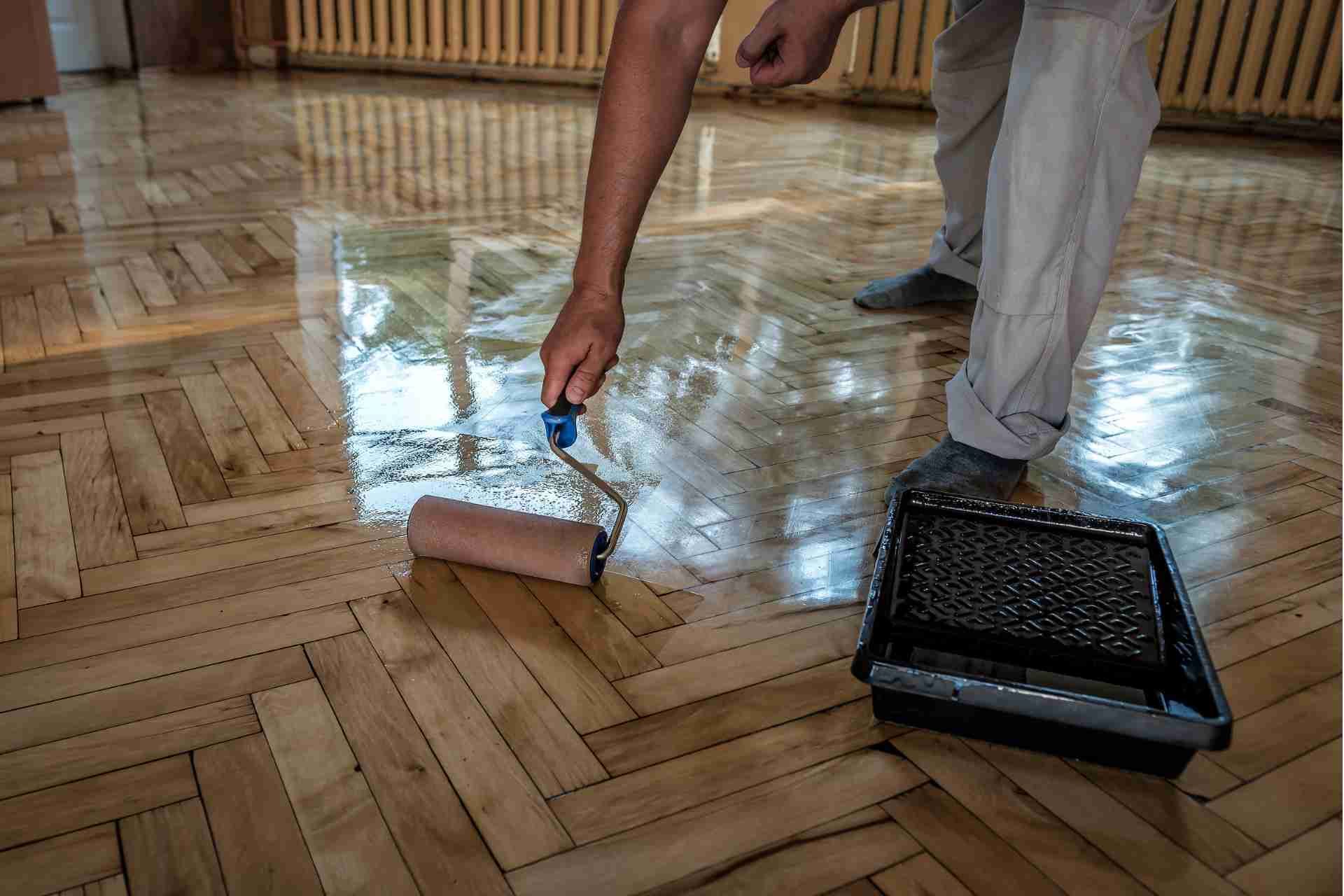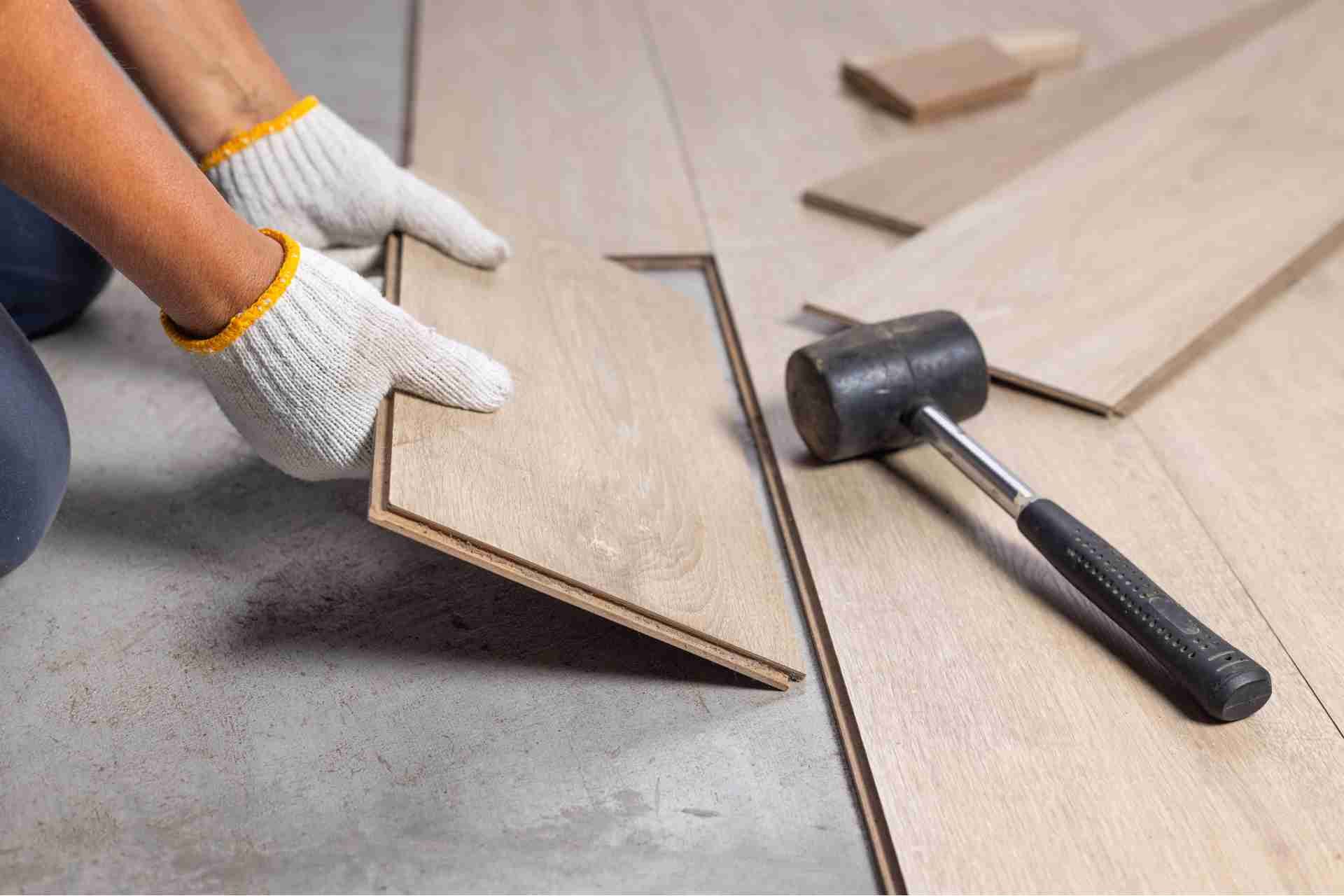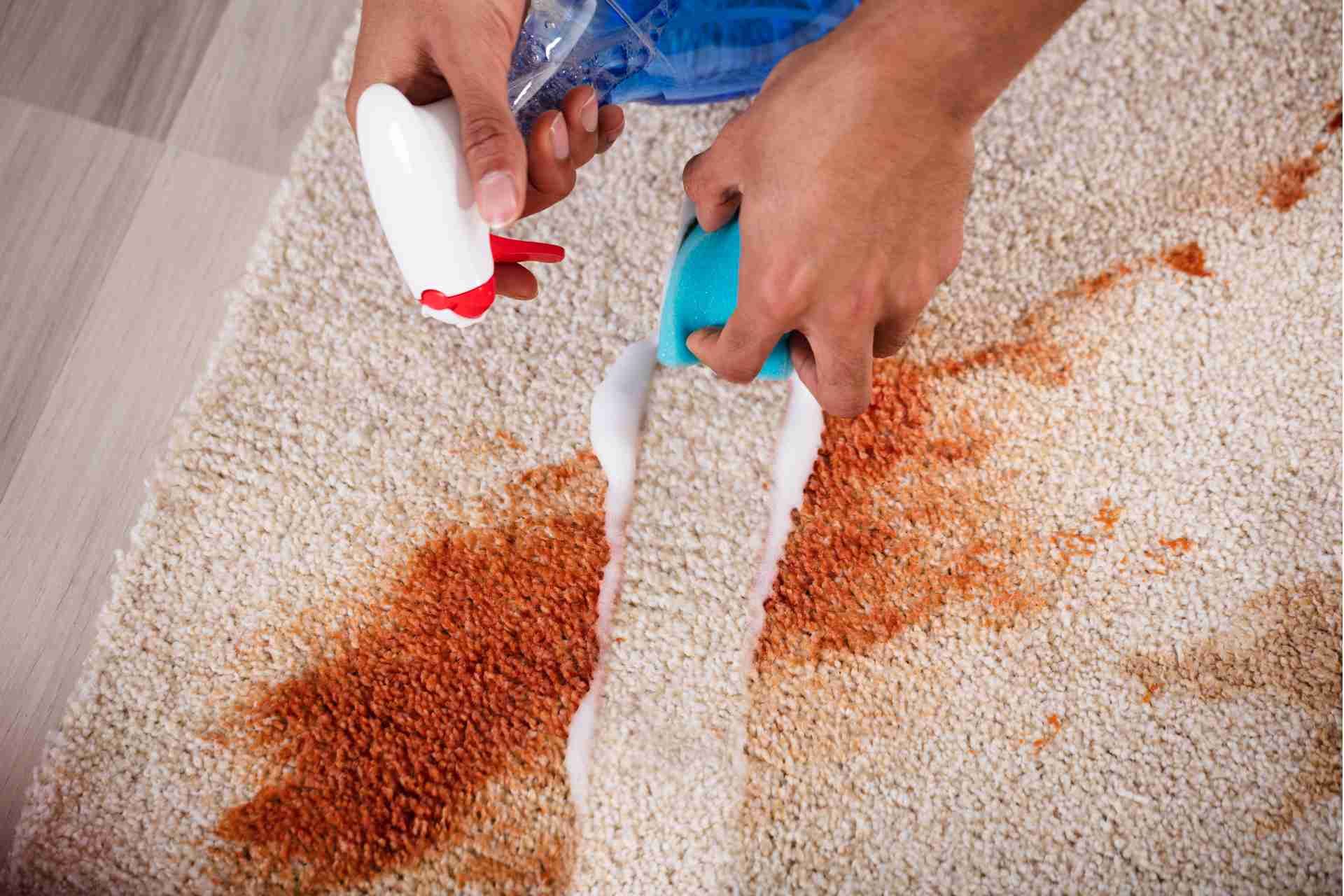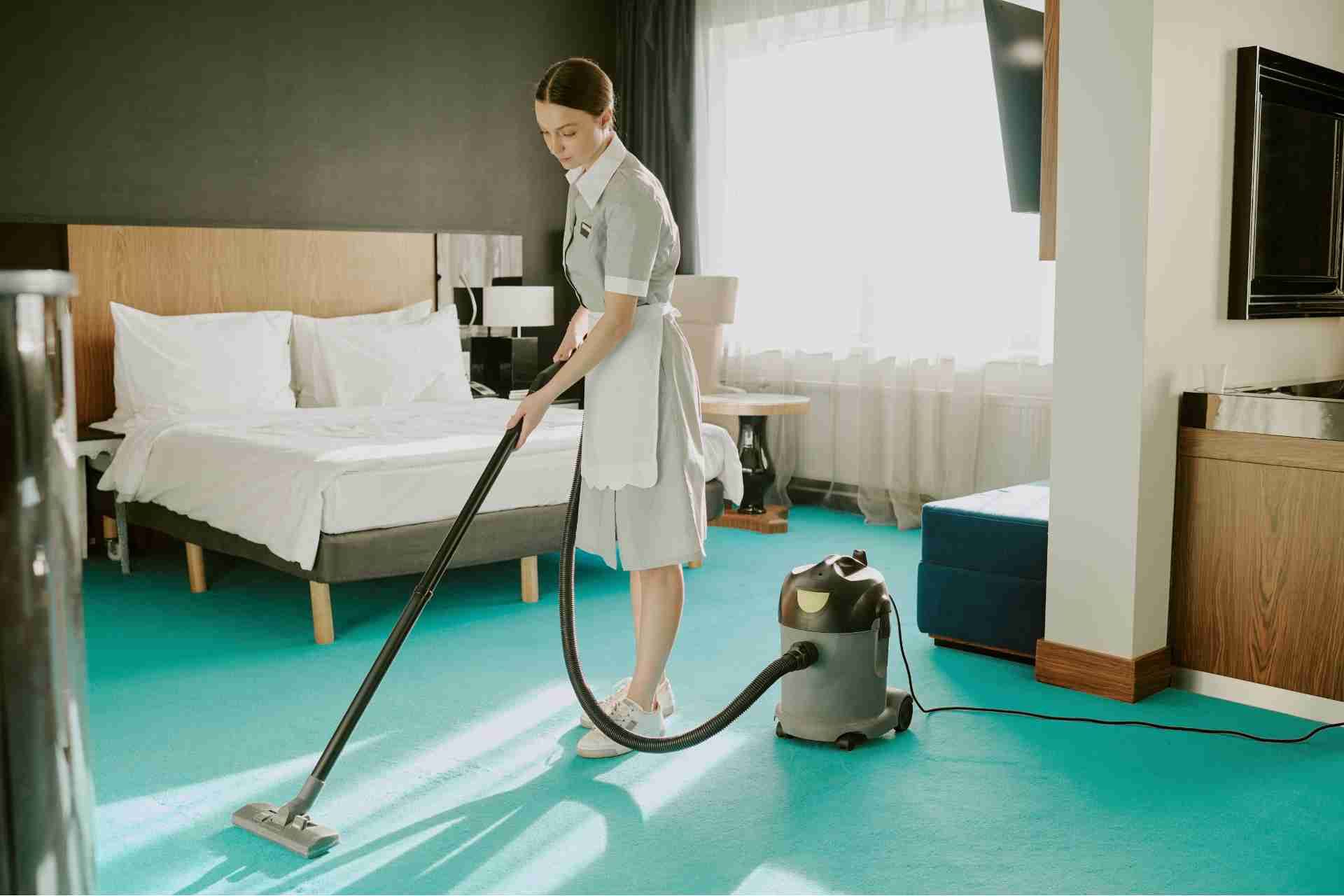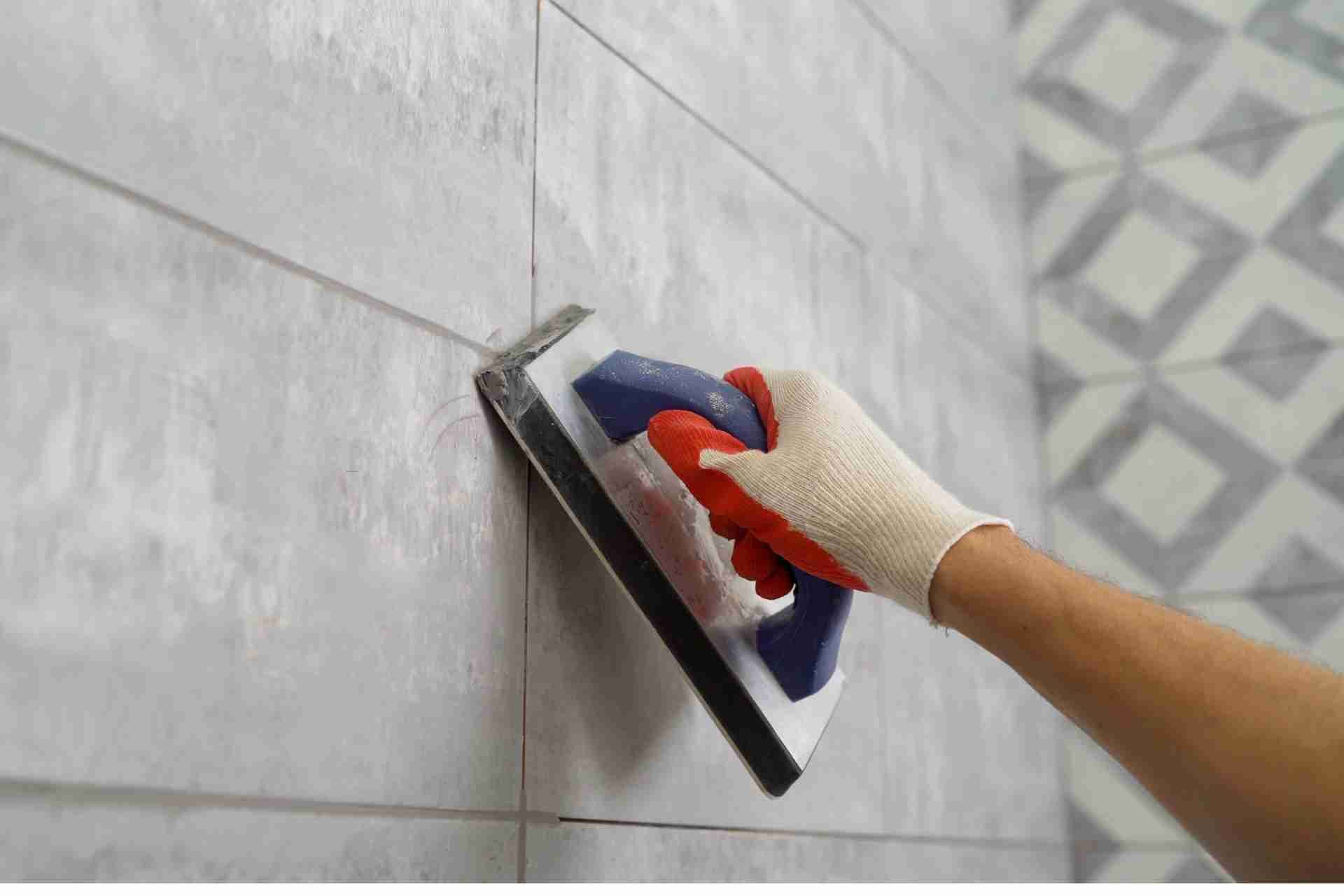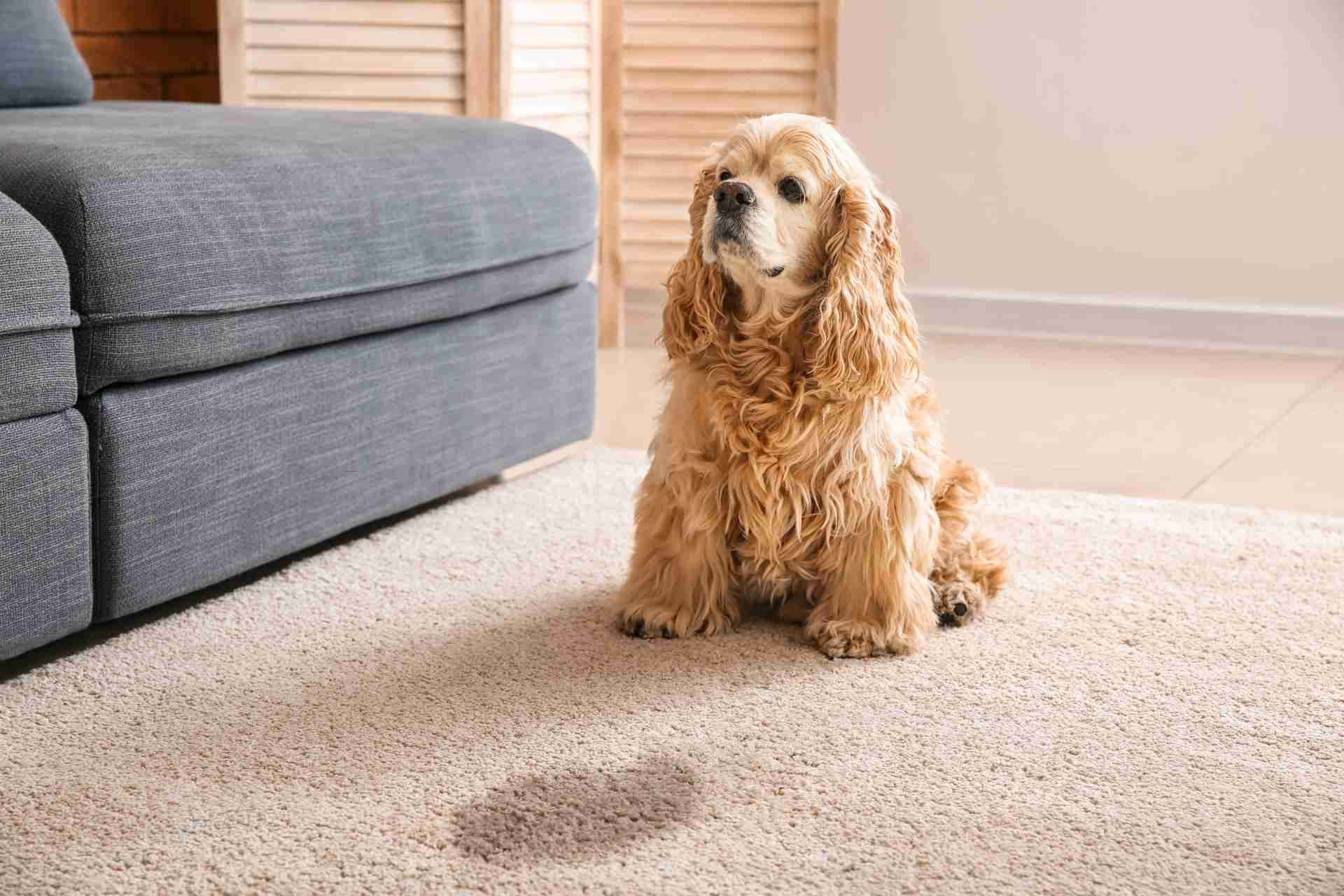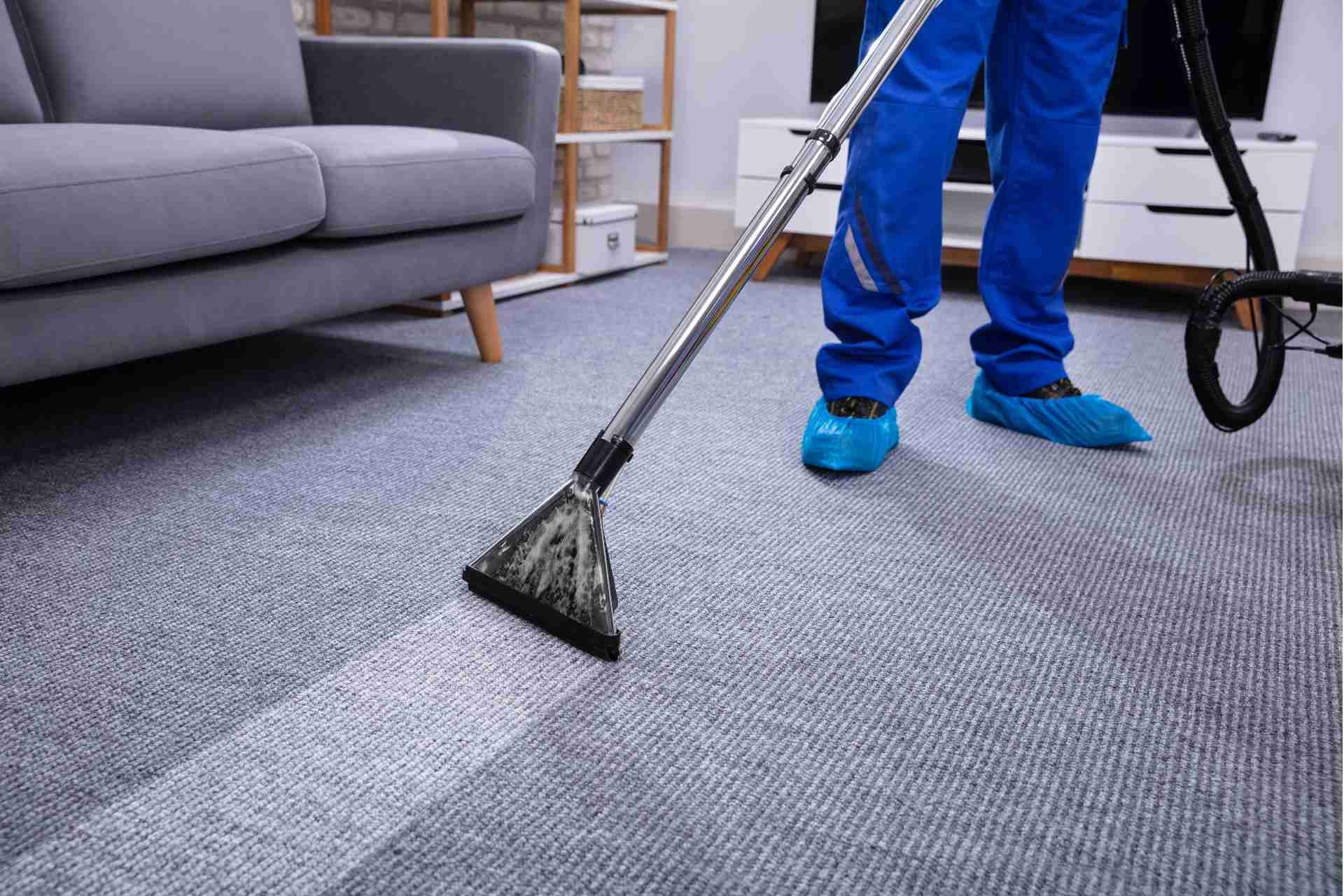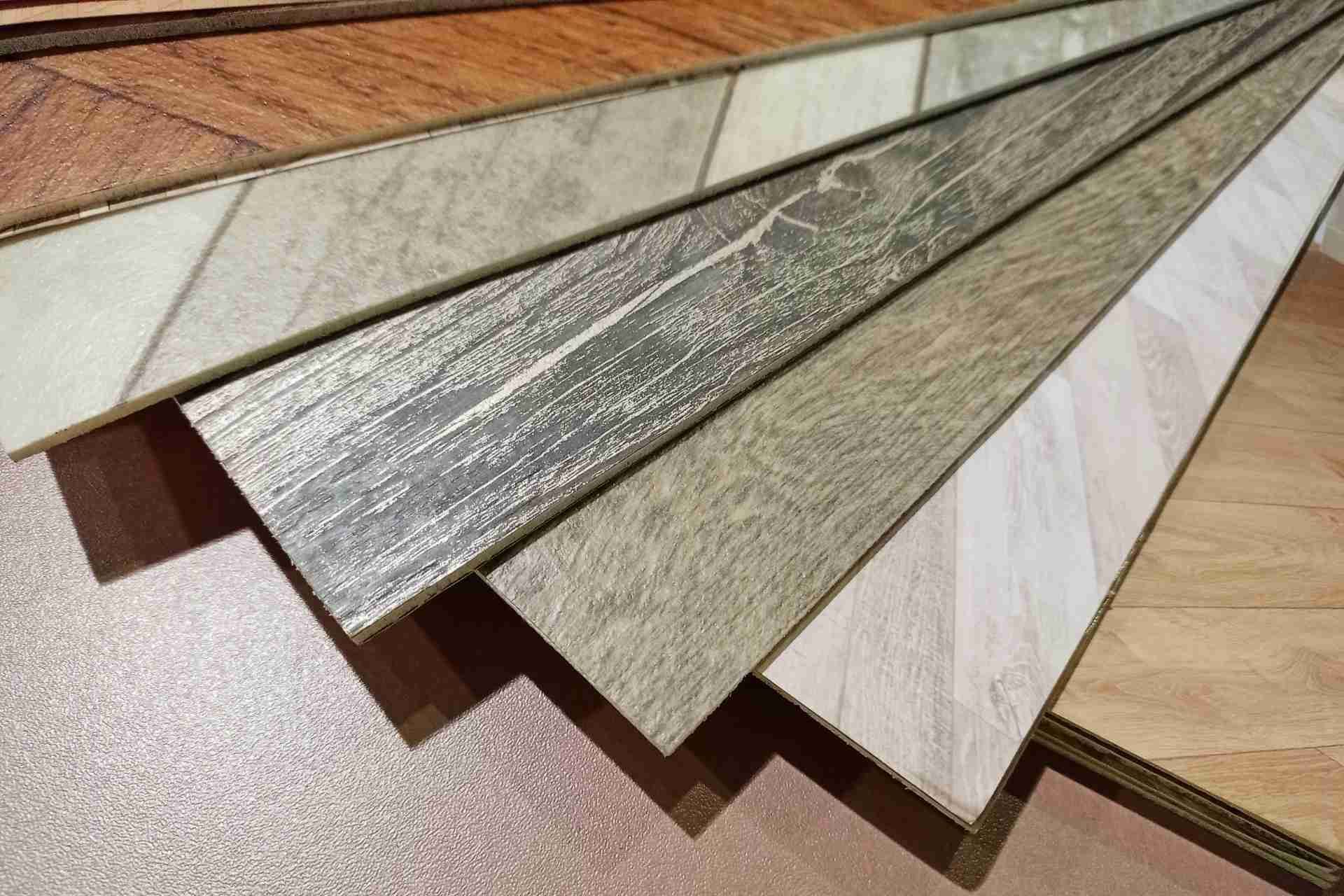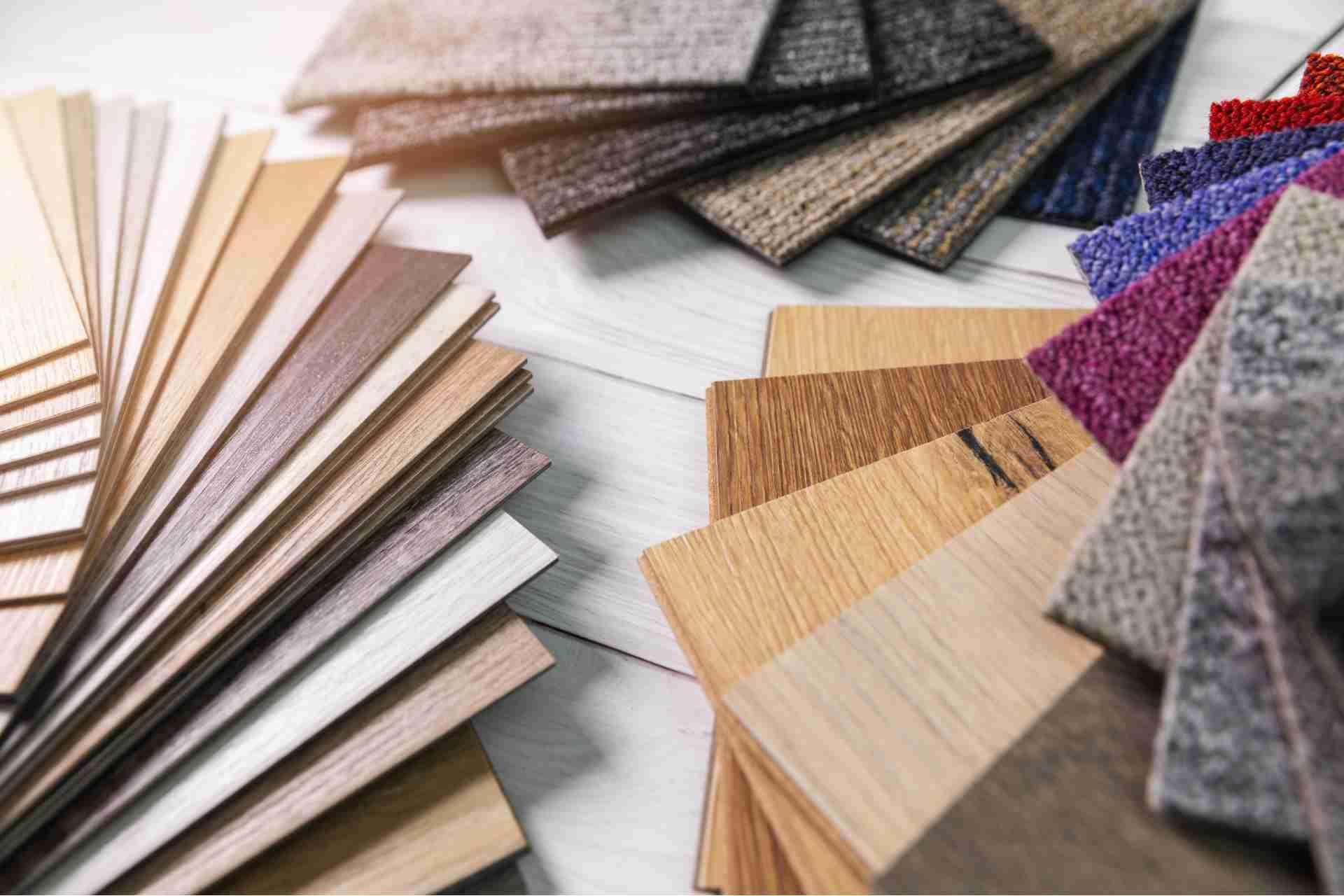Kitchen Floor Ideas on a Budget
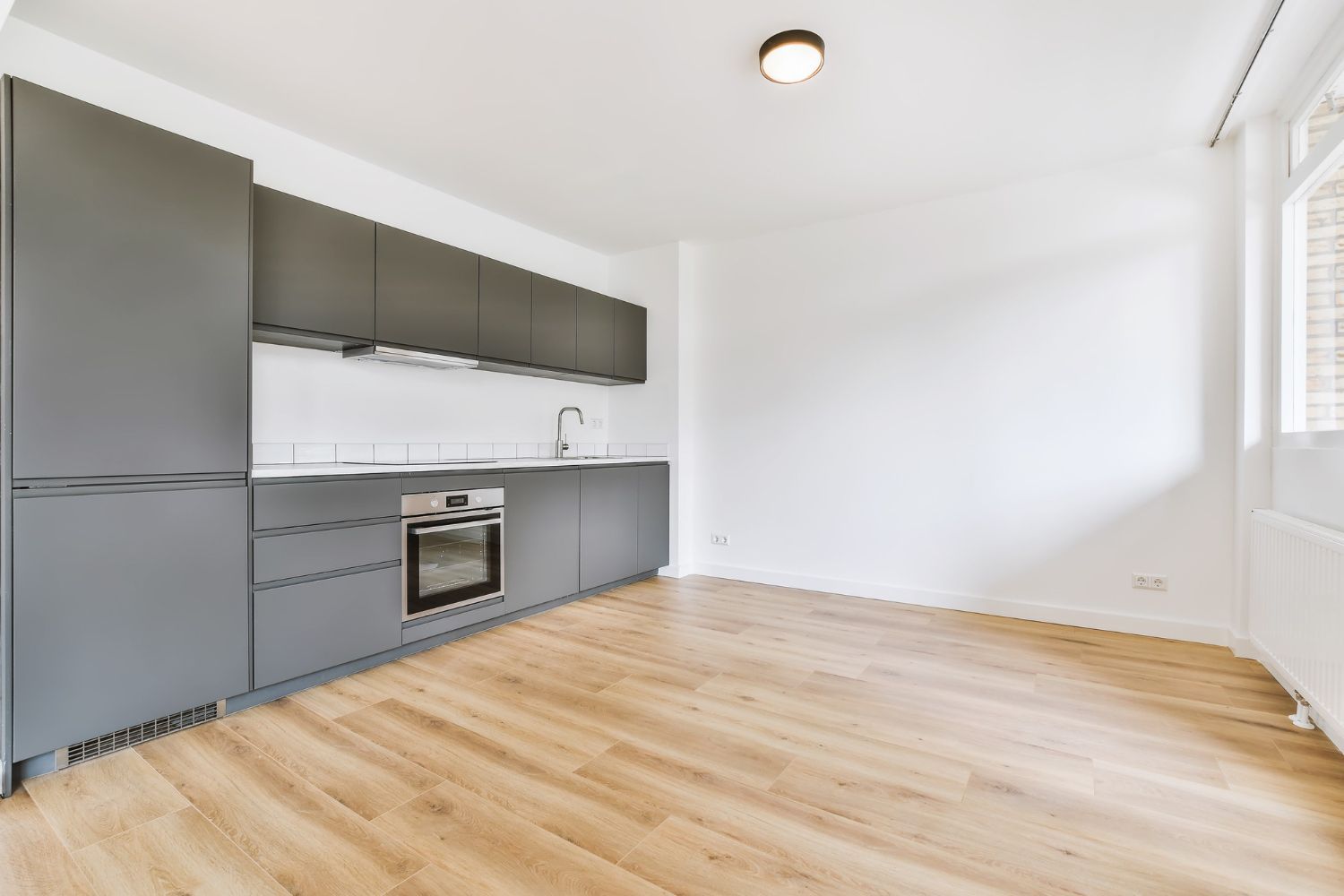
When it comes to kitchen renovations, the floor is often one of the most overlooked areas. However, choosing the right kitchen floor can drastically change the look and feel of the entire space. Unfortunately, many people shy away from updating their kitchen floor due to budget constraints. But fear not! There are plenty of kitchen floor ideas that can fit any budget. Here, we'll explore some cost-effective options that will give your kitchen a brand-new look without breaking the bank.
Vinyl flooring
If you're looking for a budget-friendly kitchen floor option, vinyl should be at the top of your list. Vinyl comes in a variety of styles and colors, including options that mimic the appearance of wood or stone. It is not only durable and easy to clean but also very affordable, making it an excellent choice for those on a tight budget. However, like any other flooring option, it has its pros and cons.
Pros:
- Affordability: One of the significant advantages of vinyl flooring is its affordability. Compared to hardwood or stone flooring, vinyl is relatively budget-friendly. It offers a great alternative for those who want the aesthetic appeal of expensive flooring at a fraction of the cost.
- Durability: Vinyl flooring is known for its durability and high resistance to wear and tear. It is designed to withstand heavy foot traffic, making it ideal for areas like hallways, kitchens, and living rooms. Additionally, vinyl flooring is also resistant to water, making it suitable for bathrooms and basements where moisture is a concern.
- Easy Maintenance: Vinyl flooring is incredibly easy to clean and maintain. A regular sweep and occasional mopping will keep it looking fresh and vibrant. Unlike hardwood flooring, vinyl doesn't require extensive care or expensive treatments to preserve its appearance.
- Versatility: Vinyl flooring comes in a wide range of colors, patterns, and designs, allowing you to find the perfect match for your space. Whether you prefer a classic wood-look or a more modern abstract design, there is an option for everyone. The versatility of vinyl flooring makes it an adaptable choice for various interior design styles.
Cons:
- Environmental Impact: While vinyl flooring has many advantages, one significant drawback is its environmental impact. The production and disposal of vinyl contribute to pollution and the release of harmful chemicals into the atmosphere. If you are concerned about sustainability and environmental conservation, vinyl flooring might not be the best choice for you.
- Susceptibility to Scratches: Despite its durability, vinyl flooring is prone to scratches and dents. Heavy furniture or sharp objects can easily leave marks on its surface, which can be quite apparent, depending on the color and design of the flooring. If you have pets or young children, it is essential to take precautions to prevent any damage.
- Limited Lifespan: While vinyl flooring is durable, it does have a limited lifespan compared to other flooring options like hardwood or ceramic tiles. Over time, the wear layer of vinyl flooring can fade or become discolored, especially in high-traffic areas. However, with proper care and maintenance, you can prolong its lifespan.
Laminate flooring
Laminate flooring is another inexpensive alternative that provides a high-end look without the hefty price tag. With advances in technology, laminate flooring now comes in various textures and finishes, making it difficult to distinguish from real wood or stone. Additionally, it is resistant to scratches and moisture, making it an excellent choice for kitchen floors.
Pros:
- Cost-effective: One of the biggest advantages of laminate flooring is its affordability. Compared to other flooring options like hardwood, tile, or vinyl, laminate flooring is generally much cheaper to purchase and install. If you're on a tight budget, laminate flooring can be a cost-effective solution.
- Easy installation: Laminate flooring is relatively easy to install, especially when compared to hardwood or tile. Most laminate flooring options come in a click-and-lock system, making it a great DIY project for homeowners. This not only saves you money on installation costs but also allows you to complete the project at your own pace.
- Wide range of styles: Laminate flooring offers a wide variety of styles and designs, mimicking the appearance of hardwood, stone, or tile. Whether you prefer a rustic look or a more modern aesthetic, you can find laminate options that suit your taste and match your home décor. Additionally, the top layer of laminate flooring is resistant to fading, so your floors will maintain their vibrant look for years to come.
- Durability: Laminate flooring is highly durable and designed to withstand heavy foot traffic. The top layer is typically scratch-resistant, making it a great choice for households with pets or children. Furthermore, laminate flooring is less prone to moisture damage compared to hardwood, although it's still susceptible to damage if not cleaned up promptly.
Cons:
- Not as valuable as hardwood: While laminate flooring offers a realistic wood-like appearance, it doesn't have the same value or longevity as hardwood. Genuine hardwood flooring is known for its ability to enhance a home's value, while laminate may not have the same effect. If you plan on selling your home in the future, potential buyers may prefer the authenticity and character of hardwood.
- Vulnerable to moisture: Despite being more water-resistant than hardwood, laminate flooring is still susceptible to moisture damage. If water is left standing on the surface for an extended period or if there is a significant leak, it can seep into the core and cause warping or swelling. It's essential to promptly clean up spills and avoid using laminate flooring in areas with high humidity or water exposure, such as bathrooms or basements.
- Difficult to repair: While laminate flooring is durable, it's not completely impervious to damage. If a plank becomes severely scratched or damaged, it can be challenging to repair. Unlike hardwood, which can be sanded and refinished to restore its appearance, damaged laminate planks usually need to be replaced entirely. This can be expensive and time-consuming, especially if the flooring has been discontinued.
- Limited refinishing options: Unlike hardwood, laminate flooring cannot be refinished. Over time, the top layer may wear down, eventually exposing the core underneath. When this occurs, replacement is the only option. This lack of refinishing potential can limit your ability to refresh or change the appearance of your floors, unlike hardwood flooring that can be refinished multiple times.
Stenciled concrete
If you have a concrete subfloor, consider sprucing it up with a stenciled design. Concrete can be painted and stenciled to create the appearance of expensive tiles or patterns. Utilizing stencils allows for endless possibilities and gives you the freedom to design a unique kitchen floor for a fraction of the cost.
Pros:
- Aesthetic appeal: Stenciled concrete is a guaranteed way to make your outdoor space stand out. With a variety of patterns and designs available, you can choose a style that complements the overall aesthetic of your home. From geometric prints to intricate motifs, the possibilities are endless.
- Cost-effective: Compared to other decorative options such as stone or tile, stenciled concrete is relatively more affordable. This makes it an attractive choice for homeowners on a budget who still want to add a touch of elegance to their outdoor areas. Furthermore, its longevity and low maintenance requirements will save you money in the long run.
- Durability: Concrete itself is a durable material, and when combined with the stenciling technique, it can withstand heavy foot traffic, weather fluctuations, and general wear and tear. This makes it an excellent option for high-traffic areas like driveways or pathways.
- Easy installation: Stenciled concrete is relatively easy to install, especially when compared to other decorative options. A skilled contractor can complete the project quickly and efficiently, minimizing any inconvenience to you and your family.
Cons:
- Limited customization: While there are numerous design choices available for stenciled concrete, it's important to remember that the options may not be as diverse as other materials, such as natural stone or tile. If you have a specific design idea in mind that is not achievable through stenciling, it might not be the best choice for you.
- Potential for cracking: Although concrete is a durable material, it is prone to cracking due to factors like shifting soil, extreme temperature changes, or heavy loads. While proper installation and maintenance can minimize the risk, cracks in stenciled concrete can be more visible and challenging to repair than traditional concrete surfaces.
- Slippery surfaces: Depending on the texture of the stencil pattern and the presence of water or other substances, stenciled concrete surfaces can potentially become slippery. This can be a safety concern, particularly if you have children or elderly family members using the area.
- Limited DIY potential: Stenciling concrete requires skill and experience to achieve desirable results. It's not the ideal project for a novice DIY enthusiast, so hiring a professional contractor is highly recommended. This will add to the overall cost of the project.
Refinish existing hardwood
If you're lucky enough to have hardwood floors hiding beneath your current flooring, consider refinishing them rather than replacing them. Sanding, staining, and applying a protective sealant can breathe new life into worn-out hardwood floors, making them look brand new.
Pros:
- Cost-effective: Refinishing your existing hardwood floors is significantly more budget-friendly compared to replacing them entirely. The process entails sanding down the top layer, repairing any damage, and applying a fresh finish, giving your floors a renewed appearance at a fraction of the cost.
- Preservation of character: Genuine hardwood floors possess a unique character that develops over time. Refinishing allows you to preserve this character while bringing back the original shine and beauty of the floorboards. This is especially beneficial if you have historic or vintage hardwood floors in your home, as refinishing allows you to maintain their authentic charm.
- Greater customization options: Refinishing offers an opportunity to make changes and customize the appearance of your hardwood floors. You can choose from various stains and finishes to match your evolving interior design preferences. This versatility allows you to seamlessly update your flooring without disrupting the overall aesthetics of your space.
- Enhanced durability: A properly refinished hardwood floor gains an additional protective layer, making it more resistant to future wear and tear. This means your floors will be better equipped to withstand daily foot traffic, moisture, and minor scratches, extending their lifespan and reducing the frequency of maintenance.
Cons:
- Dust and mess: The refinishing process involves sanding down the existing finish, which can generate a significant amount of dust and debris. While professionals take precautions to minimize the impact, it is inevitable that some dust will escape into your home during the process. Adequate pre and post-cleaning may be necessary to ensure a clean environment.
- Temporary relocation: Depending on the extent of the refinishing project, you may need to temporarily vacate your home to allow for proper drying time. This inconvenience can disrupt your daily routine and may require alternative accommodation arrangements for a short period.
- Limited repairs: While refinishing can eliminate minor scratches and imperfections, it may not be suitable for severely damaged floors. Deep-gouges, water damage, or warped boards may require more extensive repairs or even complete replacement. A professional assessment is essential to determine if refinishing is a viable option for your specific floor condition.
Peel-and-stick tiles
Peel-and-stick vinyl tiles are an excellent option for those looking to update their kitchen floors without any professional help. These tiles are self-adhesive and come in various designs, making them an easy and cost-effective way to transform your kitchen. Simply peel off the backing and stick them into place on a clean, smooth surface.
Pros:
- Easy installation: One of the biggest advantages of peel-and-stick tiles is their simplicity when it comes to installation. Unlike traditional tiles that require mortar or adhesive, these tiles come with a pre-applied adhesive on the back. All you need to do is peel off the backing and stick the tiles onto the desired surface. This makes them an excellent option for DIY enthusiasts or those with little experience in tile installation.
- Cost-effective: Peel-and-stick tiles are generally more affordable compared to traditional tiles. They eliminate the need for professional installation, which can save you a significant amount of money. Moreover, if you are on a tight budget or looking for a temporary solution, these tiles can be easily removed without damaging the underlying surface or leaving any residue.
- Versatility: Peel-and-stick tiles are available in a wide range of colors, patterns, and styles, allowing you to achieve various looks and designs. Whether you want to create a modern, rustic, or traditional aesthetic, there is a peel-and-stick tile option to suit your taste. This versatility makes them an attractive choice for homeowners who want to personalize their living spaces.
Cons:
- Durability: Peel-and-stick tiles are not as durable as traditional tiles. They are more susceptible to wear and tear, particularly in high-traffic areas. Over time, the adhesive may start to weaken, causing the tiles to loosen or peel off. Consequently, these tiles may not be the best option for long-term use or heavy-duty applications.
- Limited application: Peel-and-stick tiles are most suitable for flat, smooth surfaces such as floors and walls. They may not adhere properly to uneven or textured surfaces, which restricts their application in certain areas of the home. Additionally, they are not recommended for areas exposed to excessive moisture, such as bathrooms or kitchens, as the adhesive may lose its effectiveness.
- Difficult removal: While these tiles can be easily removed without causing damage, the process may not always be straightforward. Depending on the type and quality of the adhesive used, removing the tiles can be time-consuming and may require the use of chemical solvents. This can be a downside for those looking for a quick and hassle-free removal process.
Painted subfloors
If you have a plywood subfloor, painting it can be an imaginative and affordable way to enhance your kitchen floor. You can use stencils or create your own patterns using different colors of floor paint to add visual interest. Just make sure to seal the painted floor with a clear sealer for added protection and durability.
Pros:
- Endless Design Possibilities: One of the biggest advantages of painted subfloors is the endless design possibilities it offers. You can choose from a myriad of colors and patterns, allowing you to truly personalize your space. Whether you opt for a solid color to create a bold statement or a playful pattern to add some whimsy, the options are truly endless.
- Cost Savings: Painting subfloors is a much cheaper alternative to replacing them entirely. Instead of spending a small fortune on new flooring, painting allows you to give your existing subfloors a fresh and updated look for a fraction of the cost. This makes it an ideal solution for homeowners on a budget.
- Add a Unique Touch: Painted subfloors are also a great option for those looking to add a unique touch to their homes. Whether you have hardwood, concrete, or plywood subfloors, painting them can help create a signature style that sets your space apart. It gives you the opportunity to showcase your creativity and make a statement with your flooring choice.
Cons:
- Durability: One of the biggest drawbacks of painted subfloors is the durability factor. Unlike traditional flooring options, painted subfloors are more susceptible to chips, scratches, and general wear and tear. High traffic areas, in particular, may require frequent touch-ups to maintain their pristine appearance.
- Preparation and Maintenance: Painting subfloors requires proper cleaning and preparation to ensure the paint adheres properly. Additionally, regular cleaning and maintenance are necessary to keep the painted finish looking its best. This may involve using special cleaning products or techniques to avoid damaging the painted surface.
- Costly to Change: If you're someone who likes to change up your decor frequently, painted subfloors may not be the best option for you. Once the floors are painted, it can be a time-consuming and costly process to change the look. Unlike traditional flooring that can be easily replaced or updated, repainting subfloors requires sanding and re-priming before applying a new coat of paint.
Seek Assistance
Proper installation is key to the longevity and performance of the flooring, so follow manufacturer guidelines or seek professional assistance from
1st Class Cleaning & Flooring.
